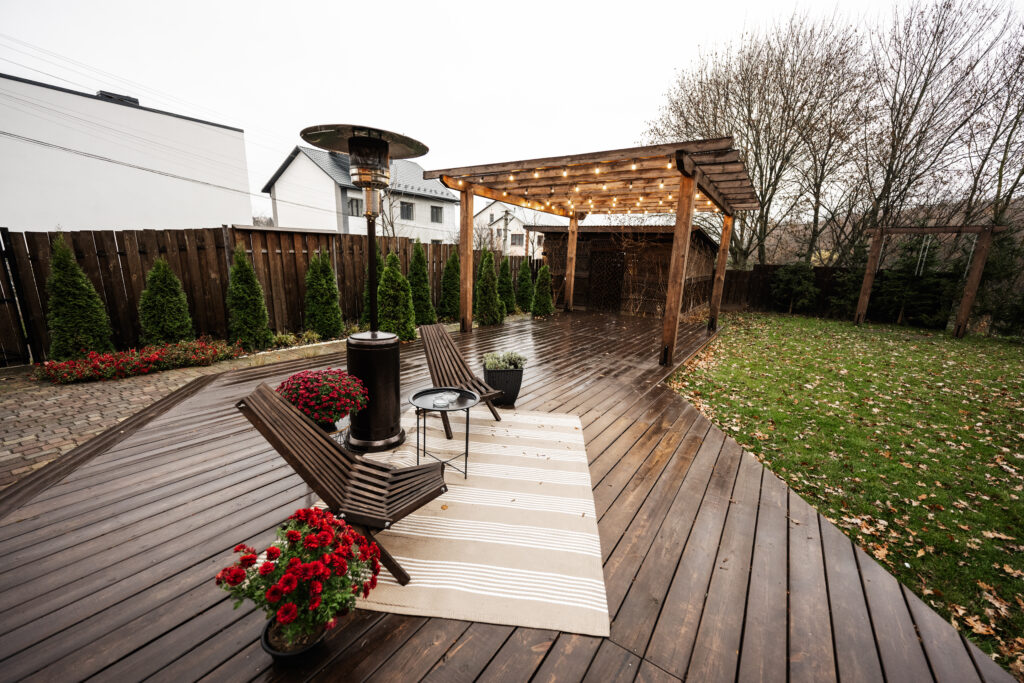How To Choose the Best Deck Stain for Your Outdoor Space
A beautifully stained deck not only enhances the aesthetic of your outdoor living space but also offers protection against the elements. Choosing the appropriate deck stain is pivotal in ensuring the longevity and durability of your wood decking. With an array of options on the market, it can be challenging to identify the best fit for your needs. In this article, we explore the essential considerations for selecting the perfect deck stain that will keep your investment looking great year after year. Keep reading to unravel the factors that will lead you to the ideal stain for your deck.
Understanding Deck Stain Types and Their Differences
Selecting the correct type of deck stain is the first step toward achieving a long-lasting and attractive deck. Transparent stains soak into the wood without altering its natural color, providing a rustic look while still offering protection. Semi-transparent stains offer a hint of color, allowing the wood grain to show through and adding a subtle character to the deck surface. Solid stains, on the other hand, impart a rich, opaque color that can hide wood imperfections but may require more frequent maintenance.
The composition of the stain also plays a critical role in its performance. Oil-based stains are renowned for their deep penetration and durability. They nourish the wood and provide excellent moisture resistance. Water-based stains, conversely, have easier cleanup and faster drying times, with the added benefit of being less prone to mildew and mold development. However, they may not provide the same depth of penetration as their oil-based counterparts.
Variants like hybrid stains exist that harness both oil and water-based technologies, aiming to offer the best of both worlds. These products are designed to deliver the robust protection of oil with the ease of use associated with water-based stains. Despite these advances, it’s crucial to consider the limitations and advantages of each type before making a decision.
Prioritizing Durability and Maintenance Levels for Long-Term Beauty
When it comes to maintaining your deck’s appearance over time, durability should be a prime factor in your stain choice. High-traffic areas require hardy, wear-resistant stains that won’t easily peel or fade. Some stains are specifically formulated for such conditions, promising longevity even under constant use. Bear in mind, that the more durable the product, the less frequently you’ll need to reapply, reducing long-term maintenance efforts.
Consideration of maintenance levels is crucial; some deck stains necessitate annual reapplication, while others can last several years before needing touch-ups. Oil-based stains tend to have longer intervals between maintenance due to their penetrative qualities, but they might also involve more labor-intensive application and cleanup processes. Water-based stains could need more frequent redoing but are often easier to apply and refresh.
The Role of Color and Opacity in Enhancing Your Deck’s Aesthetic Appeal
Your choice of stain color and opacity has a significant impact on the overall look of your deck. Not only does it contribute to the visual appeal, but it can also complement your home’s exterior. Lighter stains generally impart a more natural, subtle finish, while darker tones offer dramatic flair and can sometimes help mask wood imperfections.
Opacity, ranging from clear to solid, affects the visibility of the wood’s natural grain. A lower opacity allows more of the wood’s character to shine through, but might not hide aging or blemishes effectively. Solid stains, while offering a uniform appearance, can obscure the natural beauty of the wood grain. It’s important to strike a balance that reflects your taste and the deck’s condition.
Eco-Friendly and Health Considerations When Selecting Deck Stains
In today’s environmentally conscious world, selecting eco-friendly deck stains and sealers is not just responsible, but often a preference for homeowners. Water-based stains typically contain fewer volatile organic compounds (VOCs), which can be harmful to both the environment and personal health. Selecting products with lower VOC levels is a positive move towards a more sustainable and safer home.
Eco-friendly deck stains also include those made from natural oils and resins, which can be as effective as their synthetic counterparts without adding toxic chemicals into the environment. These natural options often come with added benefits such as being biodegradable and reducing your environmental footprint further.
Altogether, the best deck stain for your outdoor space blends durability, aesthetic preferences, environmental considerations, and compatibility with your climate and wood type. By carefully considering each of these factors, you can ensure a result that not only looks stunning but also stands the test of time. Overall, a well-chosen deck stain will protect and enhance your outdoor retreat for years to come.

